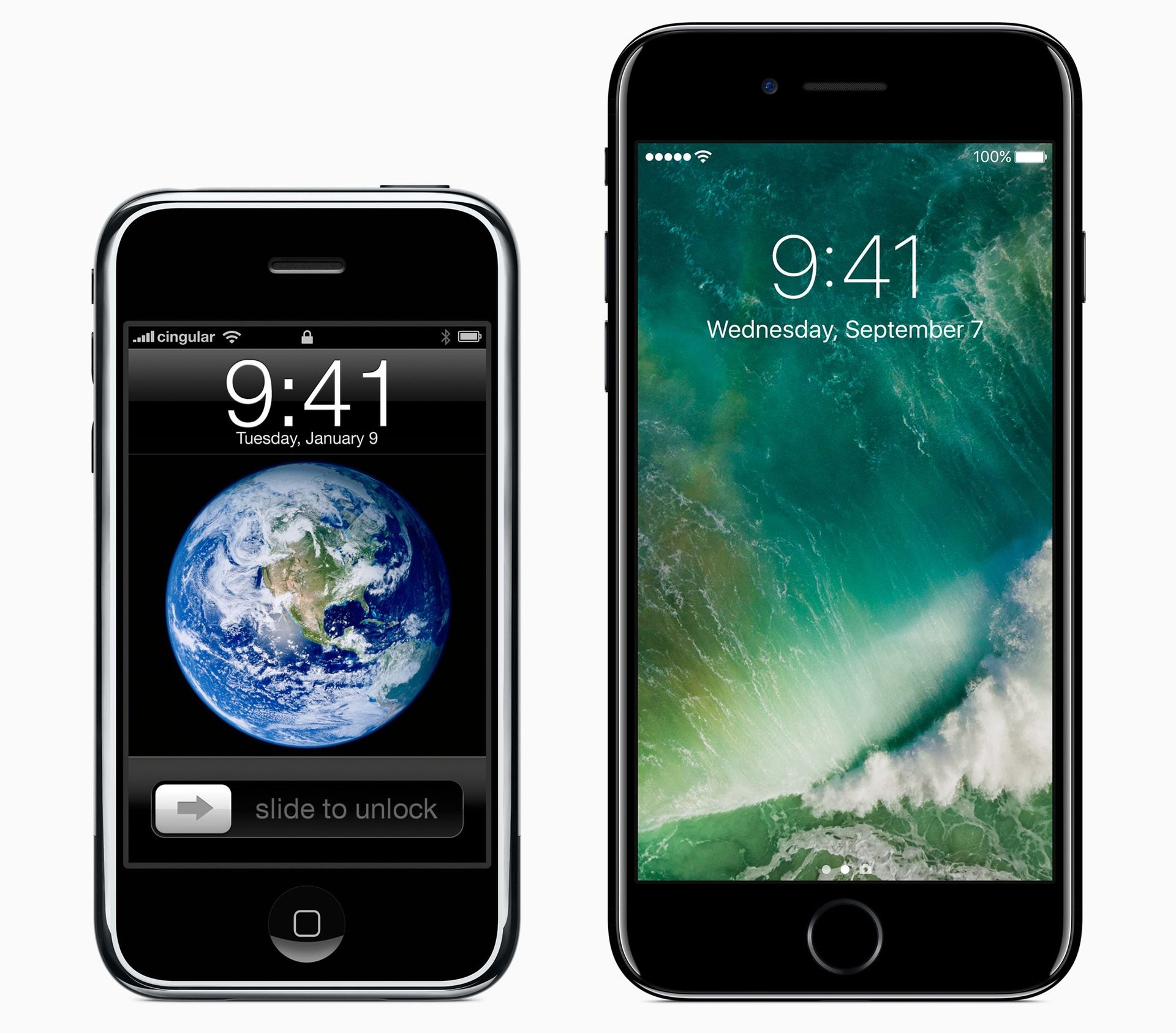The 10-year evolution of the iPhone
Early in January 2007, then-Apple CEO Steve Jobs stood onstage in San Francisco to unveil a tiny rectangle that changed the way the world communicates.
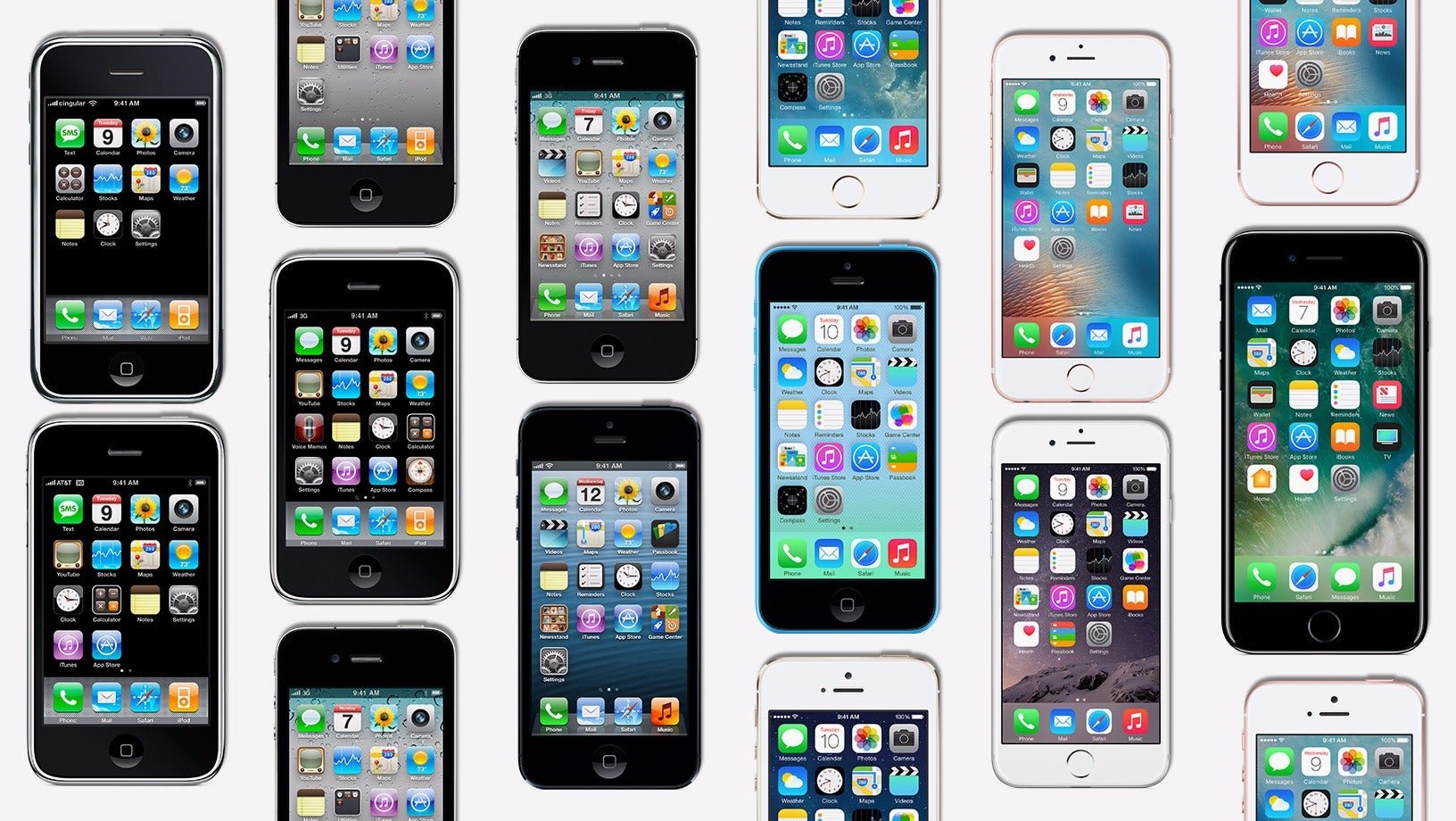

Early in January 2007, then-Apple CEO Steve Jobs stood onstage in San Francisco to unveil a tiny rectangle that changed the way the world communicates.
Over the last decade, Apple has gone on to sell more than 1.2 billion iPhones, and many have high hopes for the company’s tenth-anniversary device, which it will likely announce next month (paywall). Before the launch event, here’s a quick look at how the iPhone has changed over the past 10 years:
Original iPhone
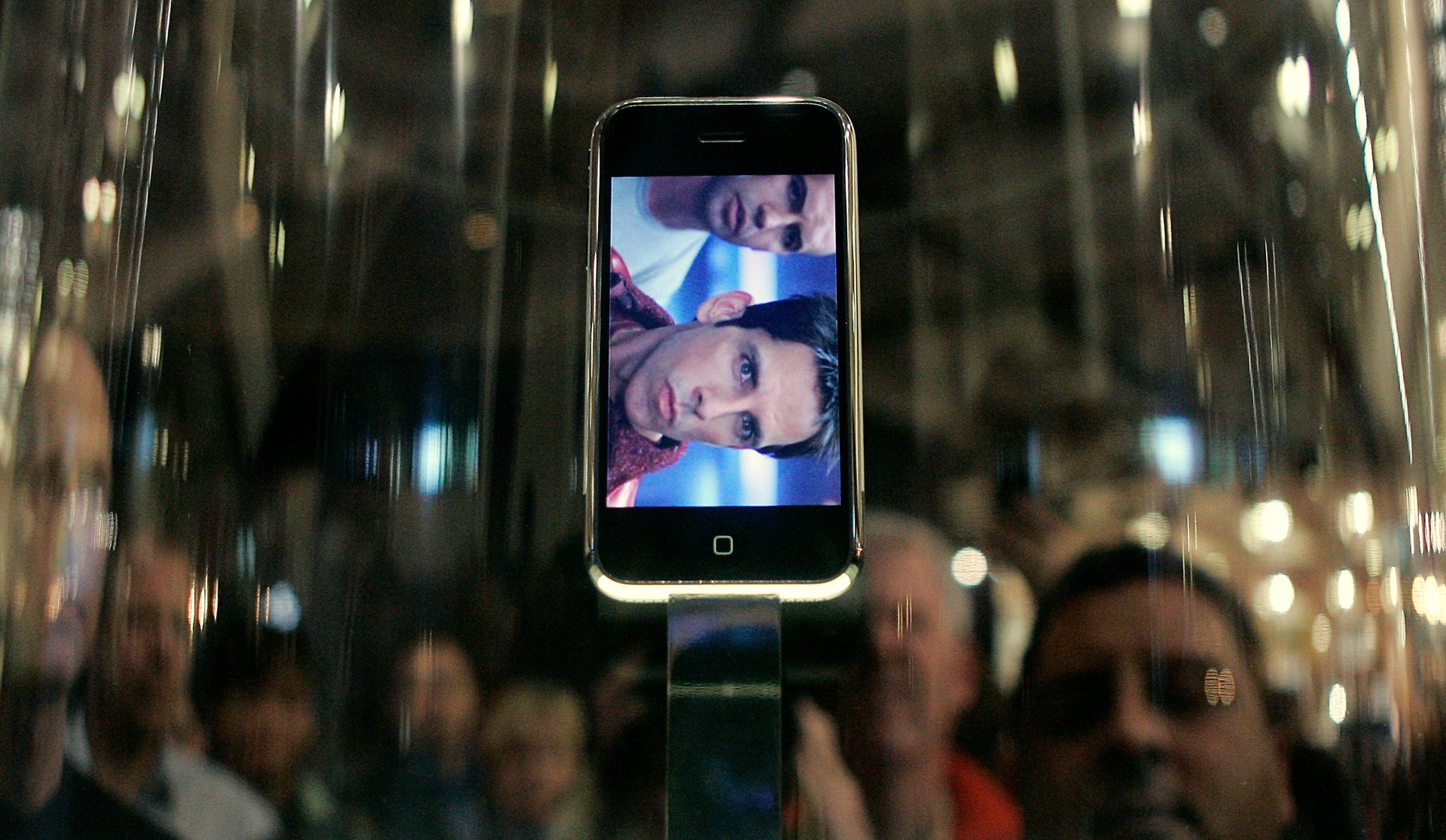
This is the one that started it all. It was, as Jobs said at the time, it was “an iPod, a phone, and an internet communicator” like no device before it.
iPhone 3G
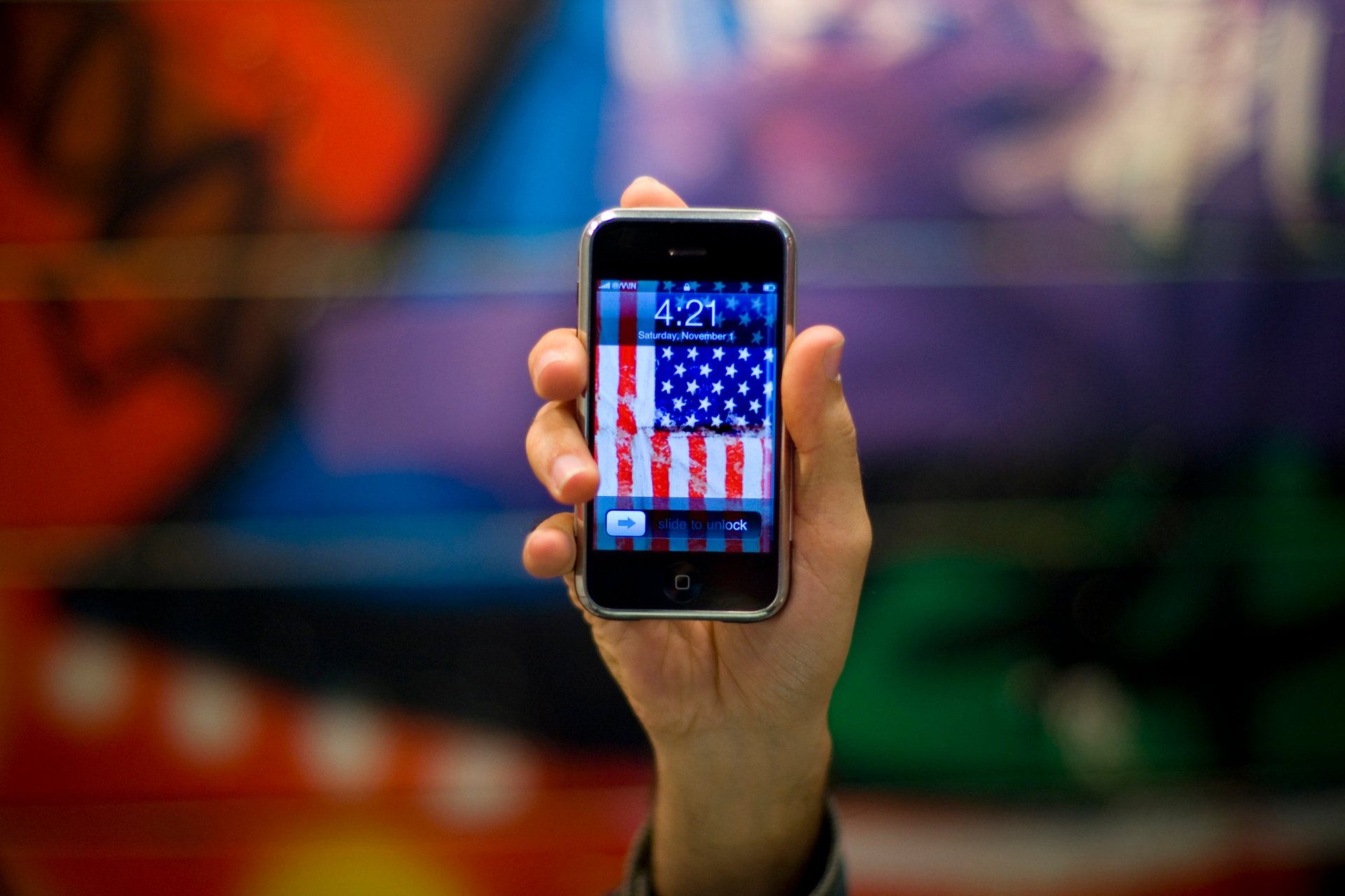
But the original iPhone wasn’t without its flaws. It didn’t have 3G data, or GPS, both of which were introduced a year later with the iPhone 3G. The second iPhone also replaced the aluminum-and-plastic back for a solid piece of curved plastic.
iPhone 3GS
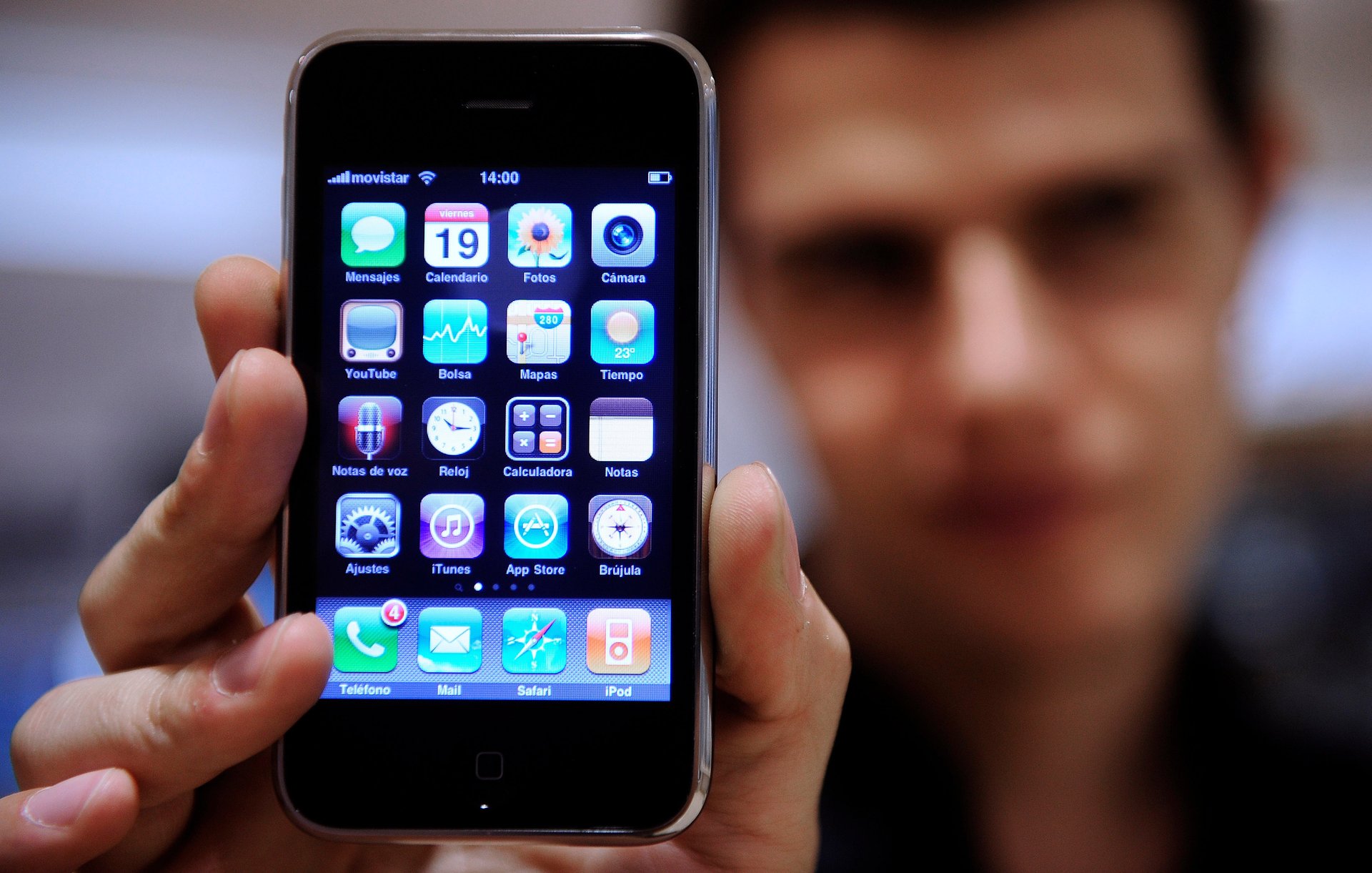
A year after that, Apple introduced the lifecycle that its phone launches have followed since, unveiling the iPhone 3GS—with the “S” standing for “speed.” The device included minor hardware and software refinements over the 3G. Its release also kickstarted the two theories about the upgrade cycle: those who upgrade when Apple revamps its phones, and those who wait for the “S” model and all the kinks to be worked out.
iPhone 4
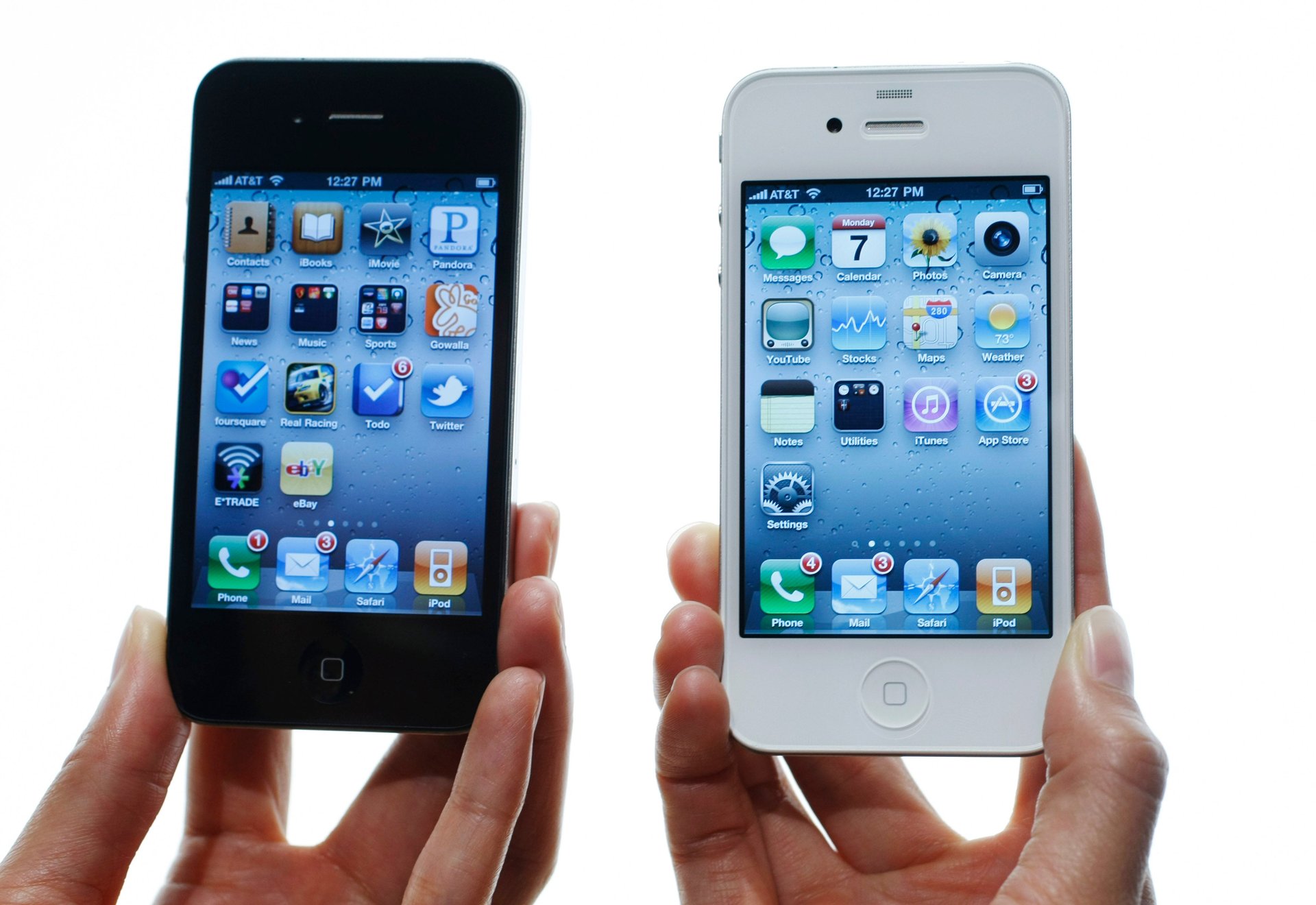
Arguably Apple’s nicest-looking phone (according to my very unscientific poll), the glass-backed device was prone to shattering on dropping, and would drop calls if you held it a certain way, but it had the sharpest screen on the market at the time, the first front-facing camera on an iPhone (long live the selfie), and the first to be available on US networks other than just AT&T.
iPhone 4S
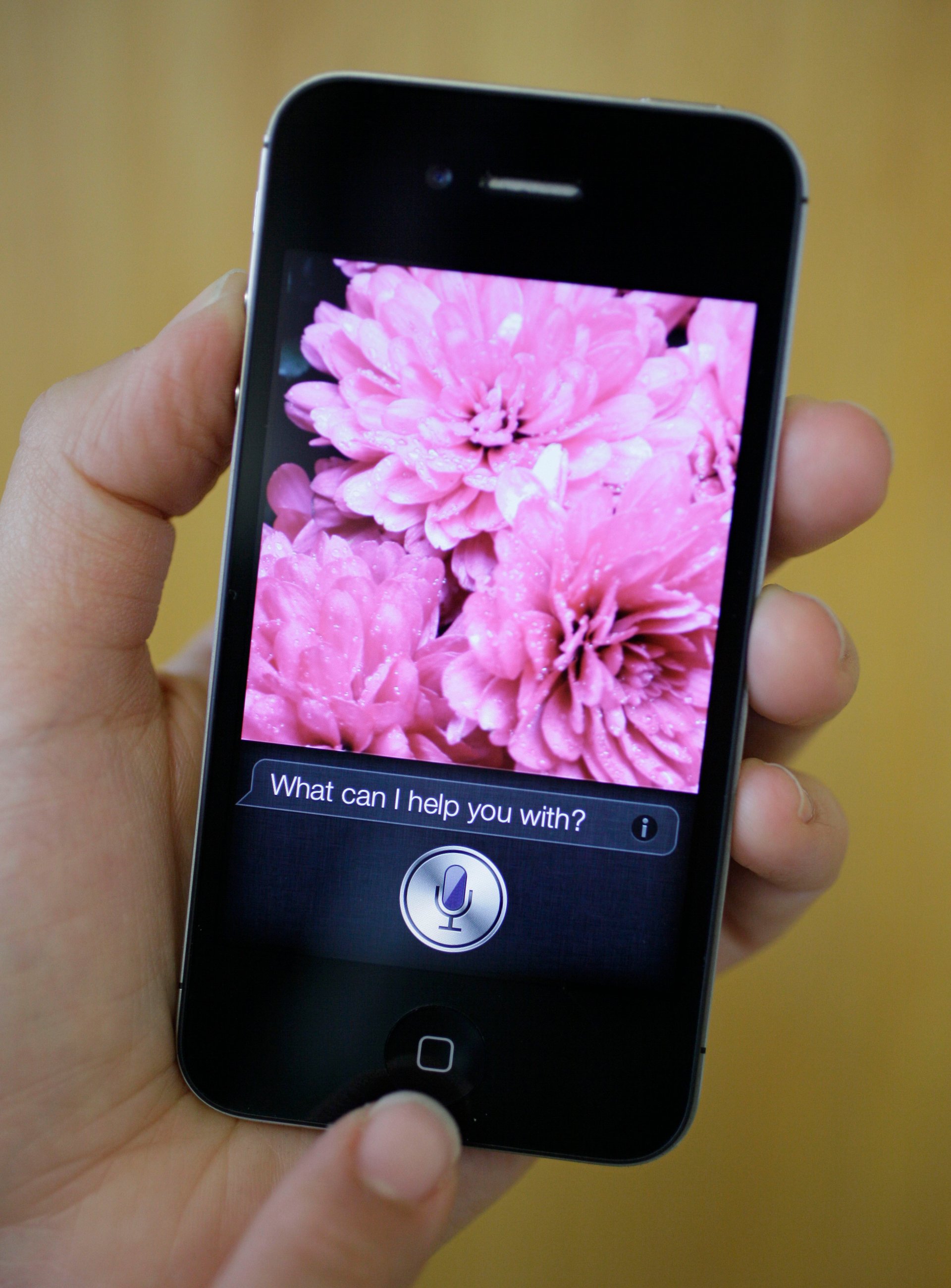
Again, not much changed from its predecessor, but the iPhone 4S was the first to feature Apple’s voice assistant Siri, and a camera that could record 1080p HD video.
iPhone 5
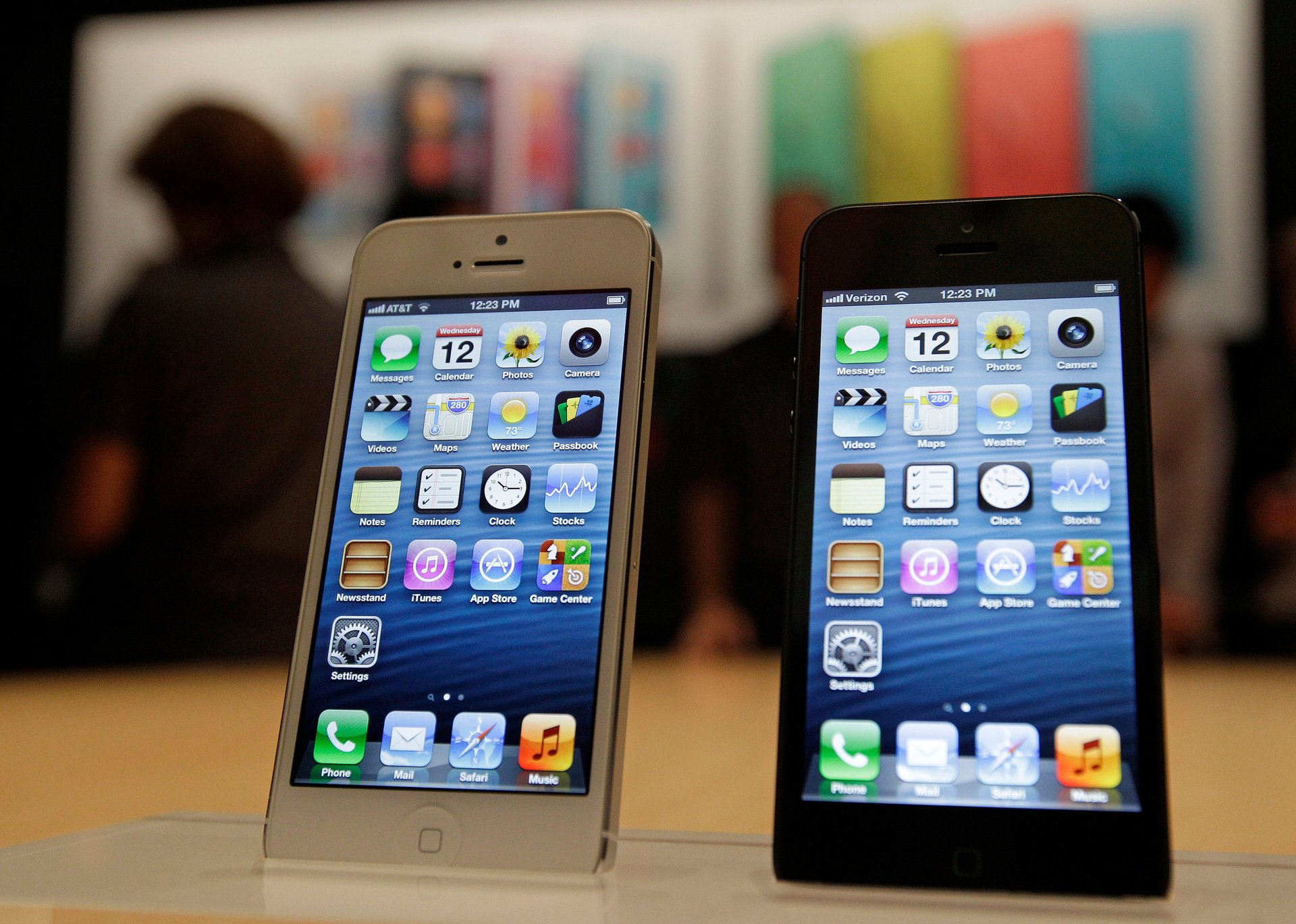
In response to the growing number of Android phones with large screens, Apple decided to try something different with the iPhone 5: It didn’t increase the width of the phone over the 4S, but made it about a quarter-inch taller, allowing for another row of apps to be displayed on the home screen. It was the first of many iPhones that were very difficult to use one-handed, as most people’s thumbs could not easily reach the top of the screen. It was also the first iPhone to support LTE, and the first to use Apple’s Lightning charging port, instead of the wide 30-pin connector that had been used on the iPhone to date and iPod before it.
iPhone 5S
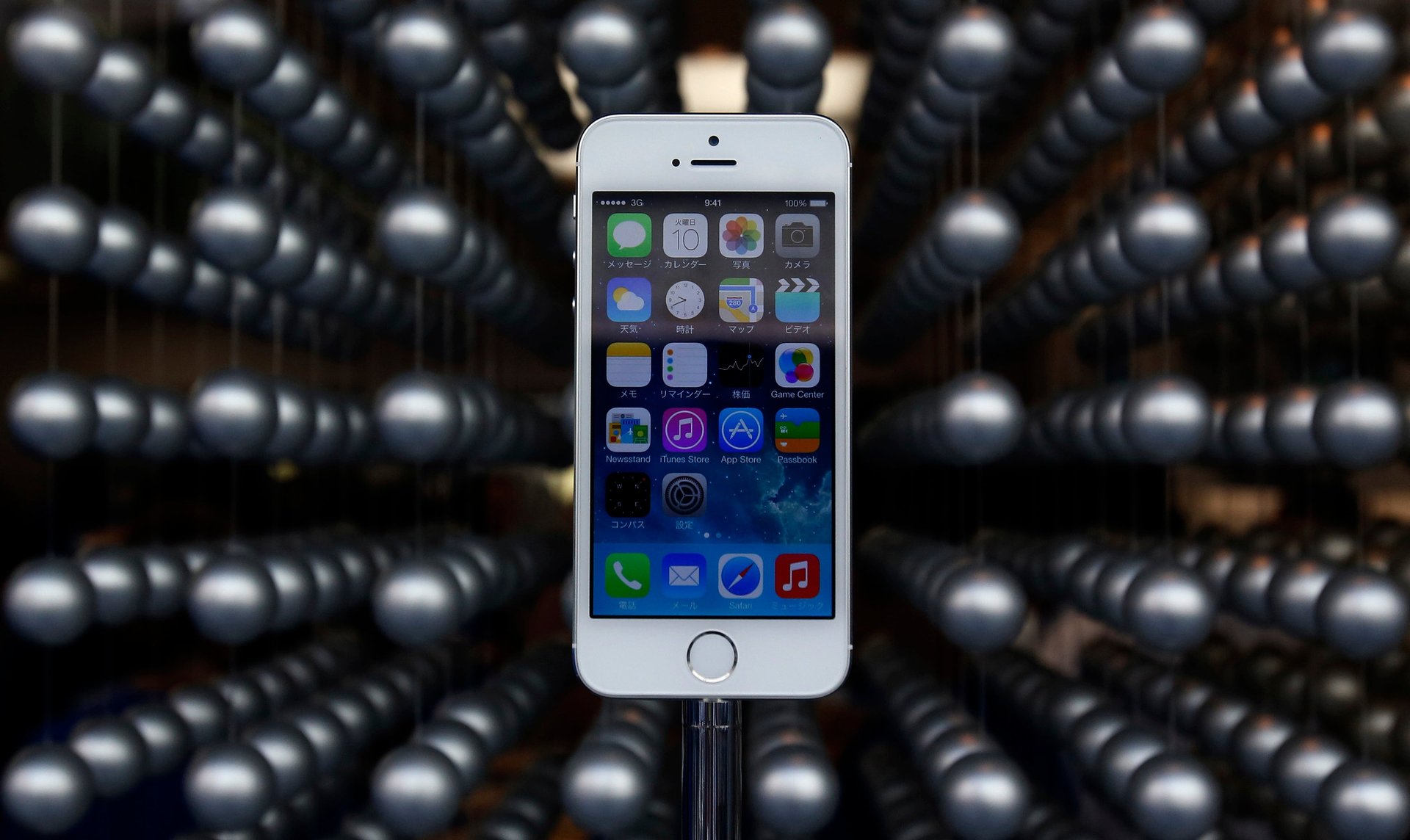
The main change with the iPhone 5S was the introduction of the TouchID fingerprint scanner. At the time, the feature was used to authenticate downloads on the App Store, but the technology has been used in subsequent iPhones for Apple’s contactless payment system, Apple Pay. This was also the first iPhone that came in gold.
iPhone 5c
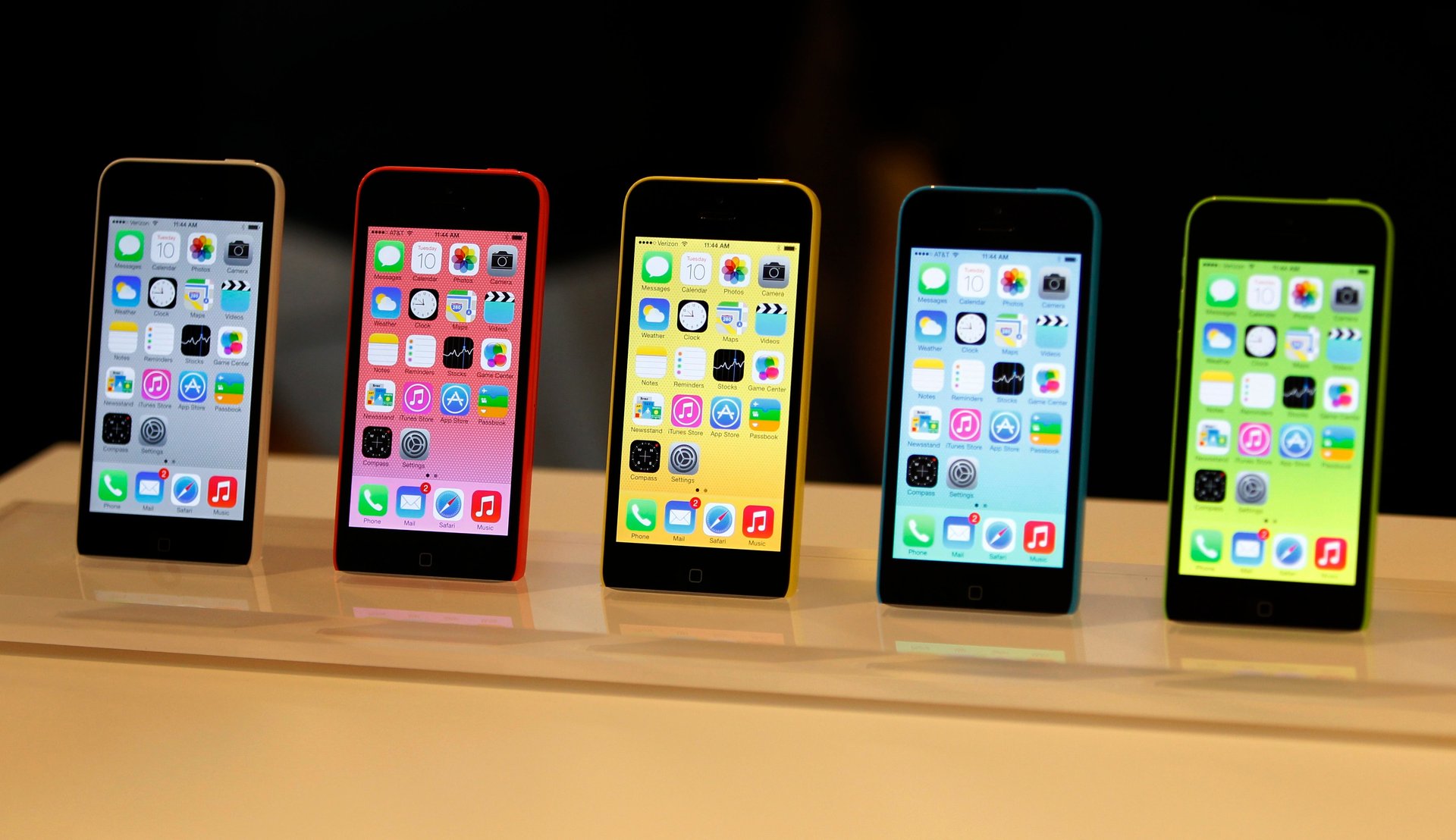
Positioned as a more affordable iPhone to the 5S, the 5c is the only iPhone since the iPhone 3GS to feature a plastic back, and the only one to come in jaunty colors. It started at $449—roughly $200 less than the 5S did at the time, but still a fair bit more expensive than the budget smartphone options available. Apple’s attempt at a budget phone was retired in most of the world in 2015.
iPhone 6 / 6 Plus
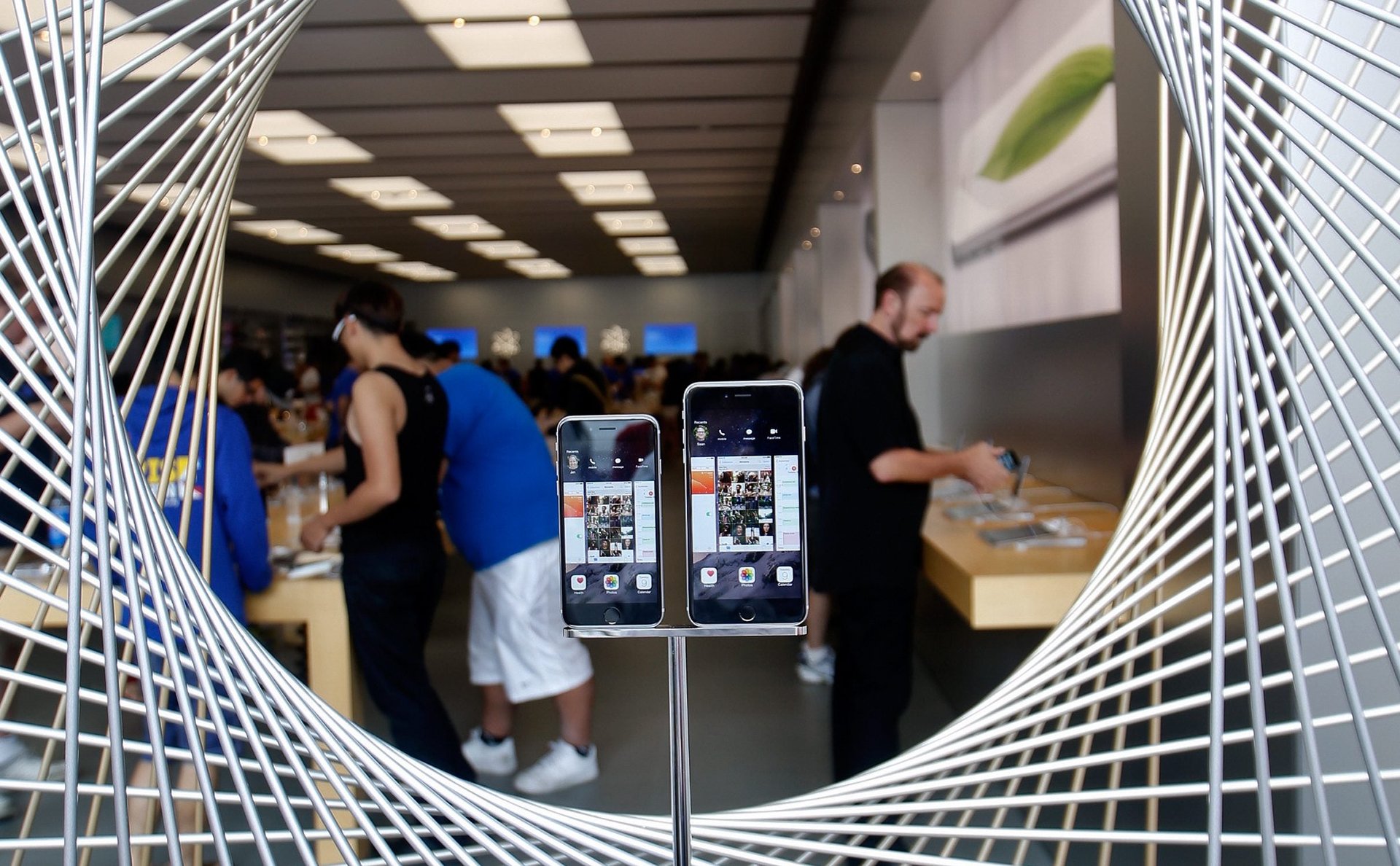
After the oddly elongated iPhone 5s, Apple decided to release two new phone sizes in 2014 with the launch of the iPhone 6 and 6 Plus. The Plus’s screen was nearly an inch larger than the regular-sized iPhone’s, but both phones were nearly identical on the inside: the only major differences were that the Plus had optical image stabilization on its rear-facing camera, and apps could be displayed in landscape on the larger device. Both phones were the first to feature Apple Pay. Some even considered it the pocket computer of their dreams.
iPhone 6S / 6S Plus
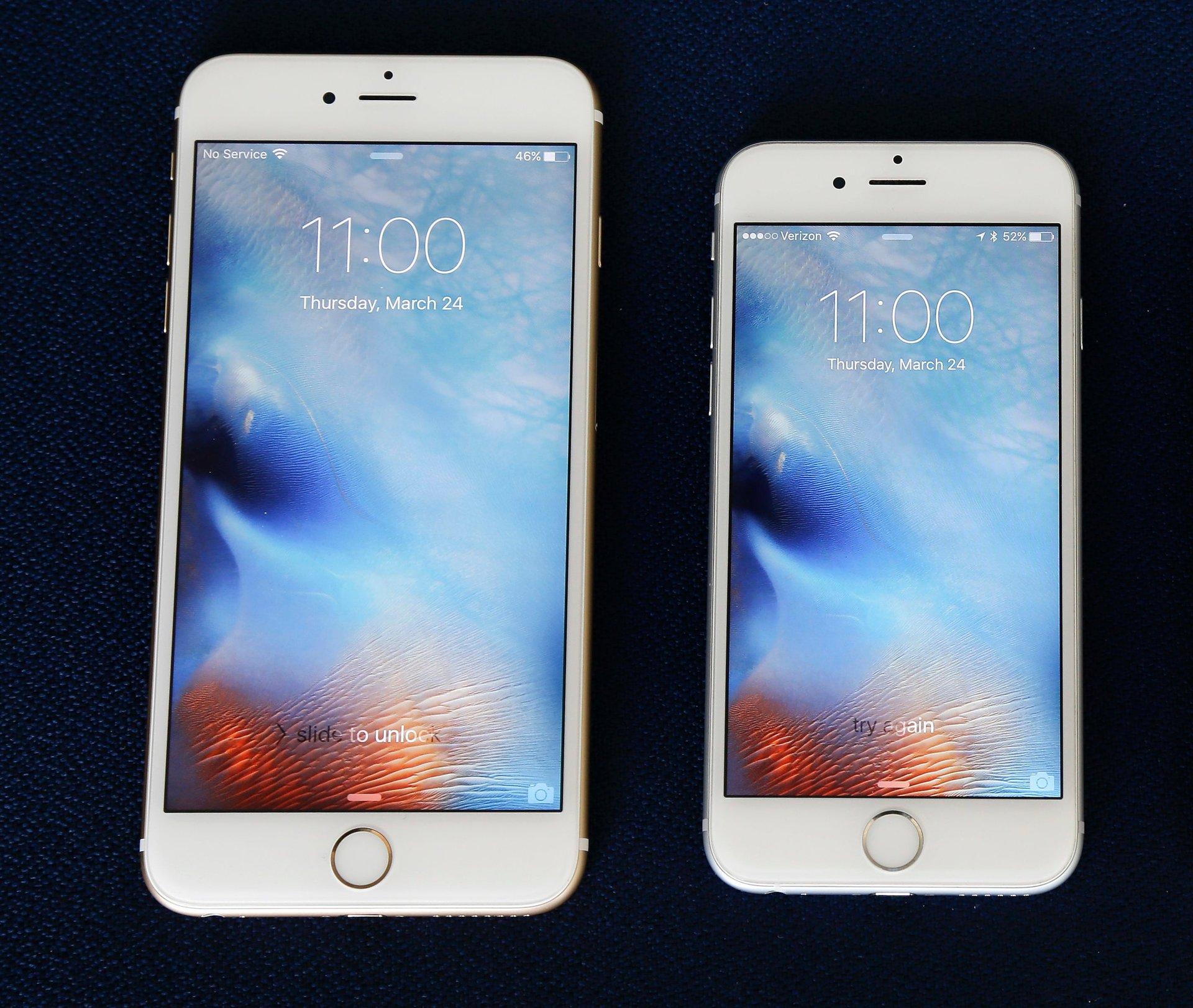
Similar to what came before, the biggest difference over the 6 was the inclusion of “3D Touch,” a new technology that allowed users to press hard on the screen to bring up menus or interact with a program differently than they would just by touching the screen. The 6S was also the first phone to come in rose gold, a color that has since taken over the world.
iPhone SE
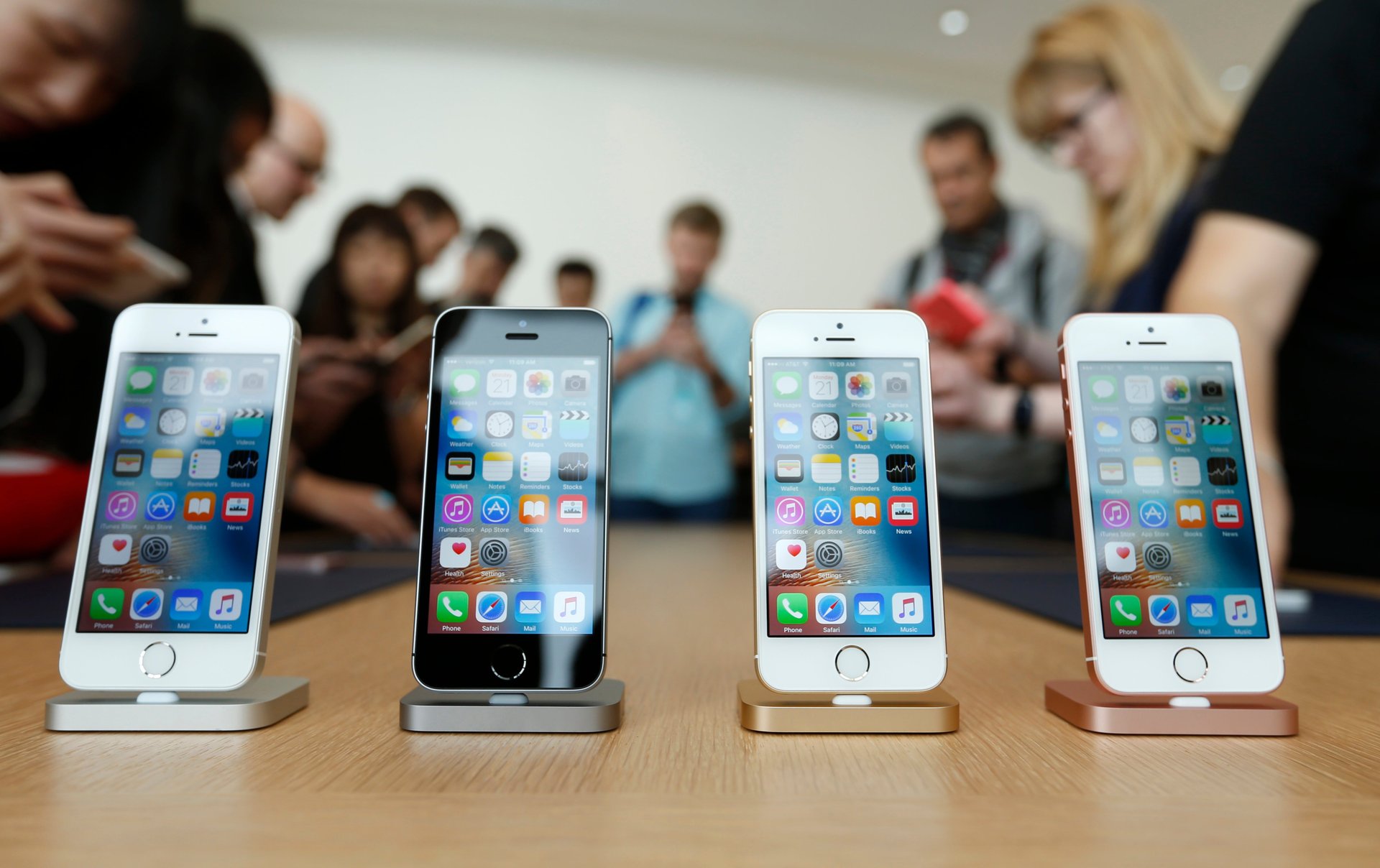
Apple’s second attempt at a more affordable phone, the iPhone SE, revived the design of the 5S, jammed in the innards of the iPhone 6S, and put it in an aluminum package. It’s still the smallest phone that Apple currently sells, with a screen closer to 4 inches, rather than the 4.7-inch and 5.5-inch screens in the 6S and 6S Plus.
iPhone 7 / 7 Plus
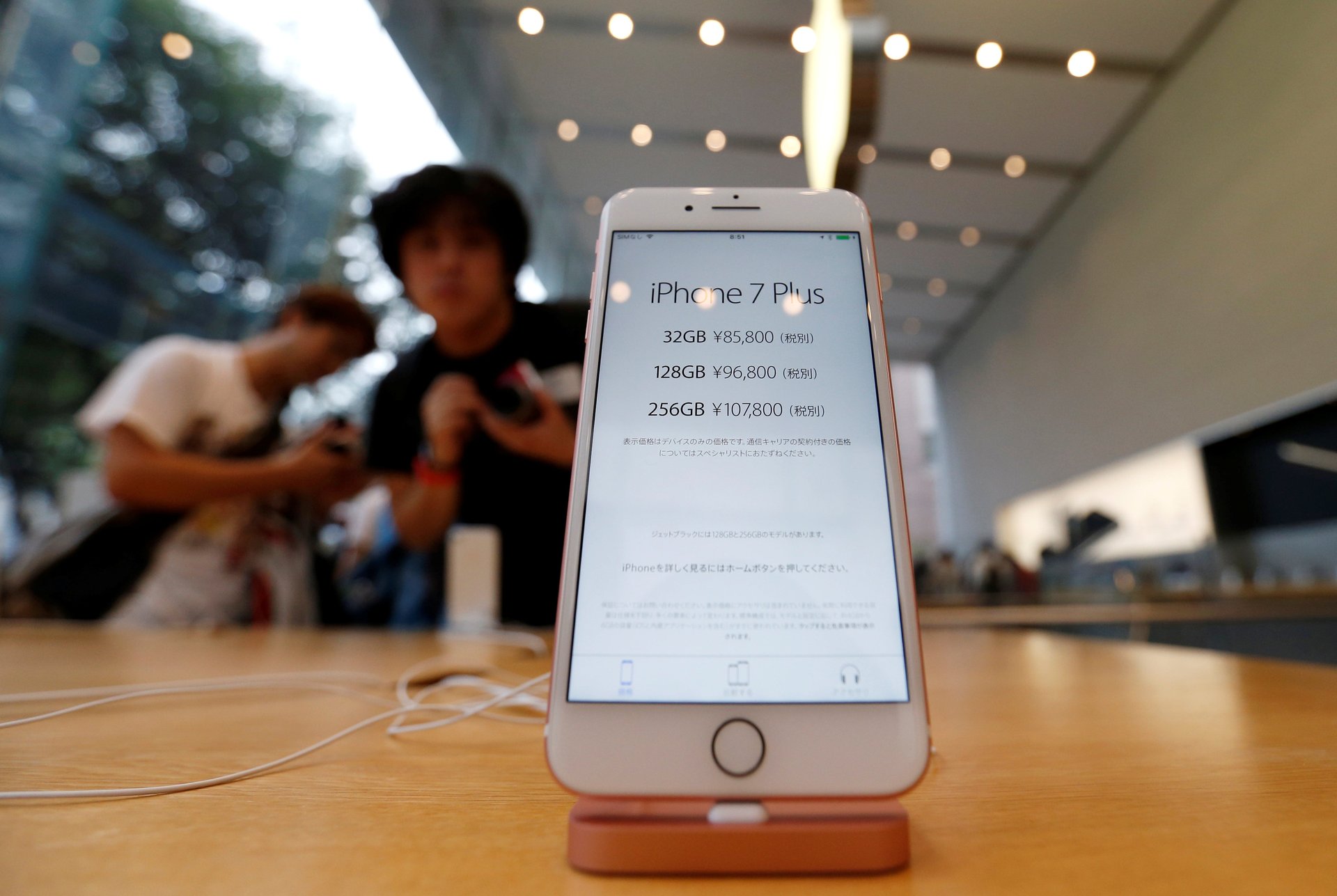
Criticized as another incremental update over the 6 and 6S, the iPhone 7 and 7 Plus have very similar designs and functionality to their predecessors, with a few notable changes. They’re the first iPhones to have no headphone jacks, the first without physical home buttons, and the first waterproof iPhones. The 7 Plus also features two rear cameras that work in tandem to perceive depth and produce quite nifty portrait photos.
And here’s what a decade of incremental innovation looks like: 2007’s original iPhone, compared against 2016’s iPhone 7—with both set to the exact minute Steve Jobs first unveiled the iPhone:
